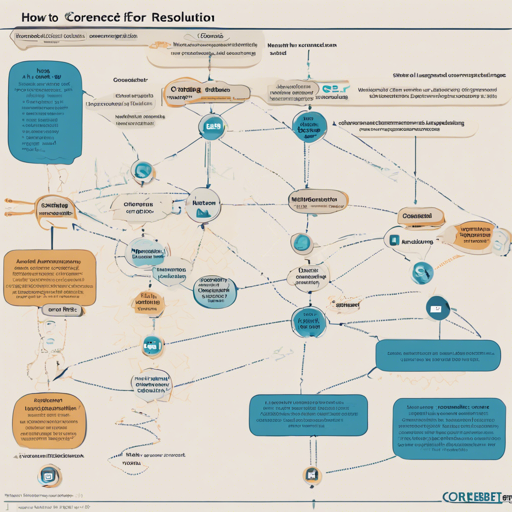Welcome to this guide on how to leverage the power of CorefBERT, a cutting-edge model designed to understand the nuances of the English language through advanced training techniques. We’ll explore its functionality, applications, and provide troubleshooting tips to ensure a smooth journey!
What is CorefBERT?
CorefBERT is a pretrained model built using the principles of Masked Language Modeling (MLM) and Mention Reference Prediction (MRP). It’s like an eagle soaring through a forest of words, learning to identify different species in the vast landscape of language. Rather than merely glancing at each word, it takes a step back to see how all the words interact, focusing on understanding their relationships.
How Does CorefBERT Work?
CorefBERT was pretrained on a vast amount of English text without human intervention, effectively allowing it to learn from the natural patterns found in language. Here’s how its two unique training objectives work:
- Masked Language Modeling (MLM): Imagine you’re playing a game where you must guess the missing pieces of a puzzle. CorefBERT hides 15% of the words to try and predict what they are based on the context of the remaining words, making it capable of understanding sentences as a whole.
- Mention Reference Prediction (MRP): Picture a detective piecing together clues: CorefBERT masks some repeated mentions in a sentence, and instead of simply guessing, it retrieves information from other tokens in the text to fill in the blanks, honing its coreferential reasoning skills.
Applications of CorefBERT
CorefBERT is particularly useful for tasks that benefit from an understanding of context and relationships within the text, such as:
- Coreference resolution
- Text summarization
- Sentiment analysis
- Question answering systems
If you have a dataset of labeled sentences, you can easily employ CorefBERT for a myriad of applications.
Setting Up CorefBERT
Getting started with CorefBERT involves the following steps:
- Clone the repository from here.
- Install the required libraries stated in the repository.
- Load the pretrained model into your environment.
- Feed your text data into the model to generate features for your downstream tasks.
Troubleshooting Tips
Should you encounter any challenges while using CorefBERT, consider the following troubleshooting ideas:
- Dependencies: Ensure that the libraries are properly installed. Often, a missing dependency can cause problems.
- Input Format: Make sure your input data is correctly formatted. CorefBERT requires that text inputs be presented in a specific way—double-check your data structure.
- Memory Usage: If you experience memory issues, consider using smaller batch sizes or optimizing your model settings to reduce load.
For more insights, updates, or to collaborate on AI development projects, stay connected with fxis.ai.
Conclusion
At fxis.ai, we believe that such advancements are crucial for the future of AI, as they enable more comprehensive and effective solutions. Our team is continually exploring new methodologies to push the envelope in artificial intelligence, ensuring that our clients benefit from the latest technological innovations.
Now you’re ready to explore the depths of CorefBERT! Happy coding!

